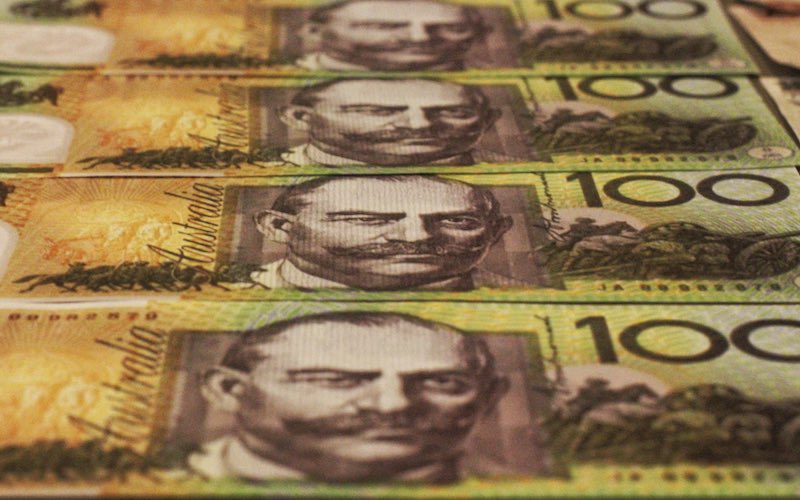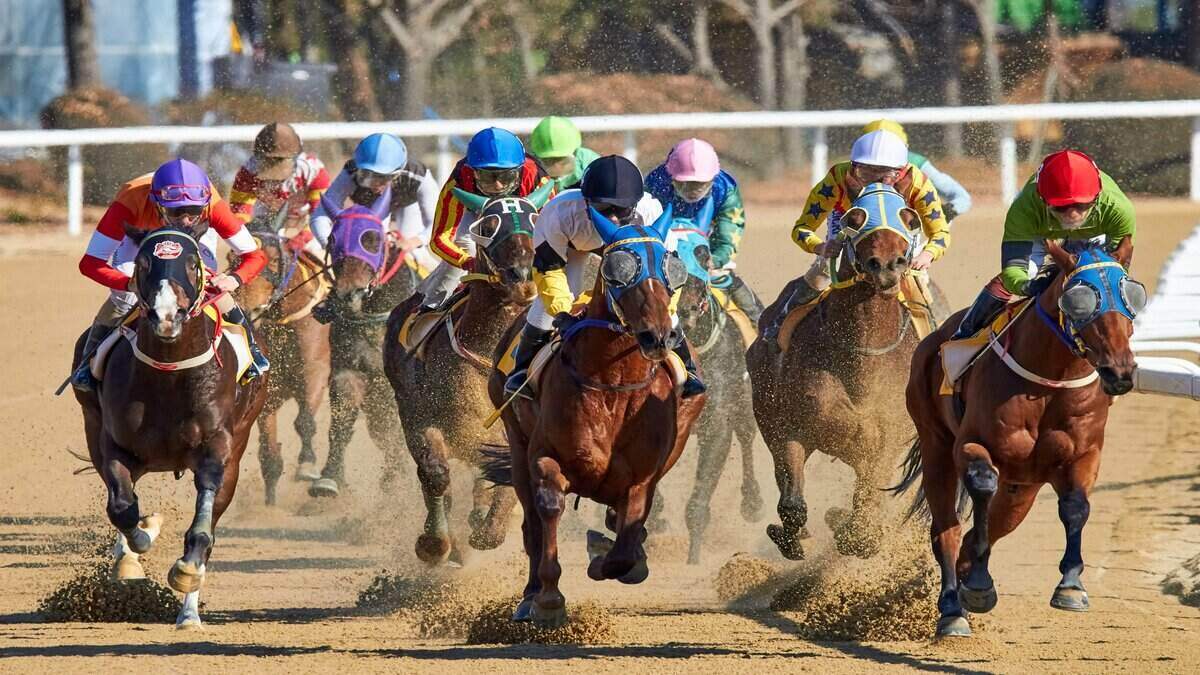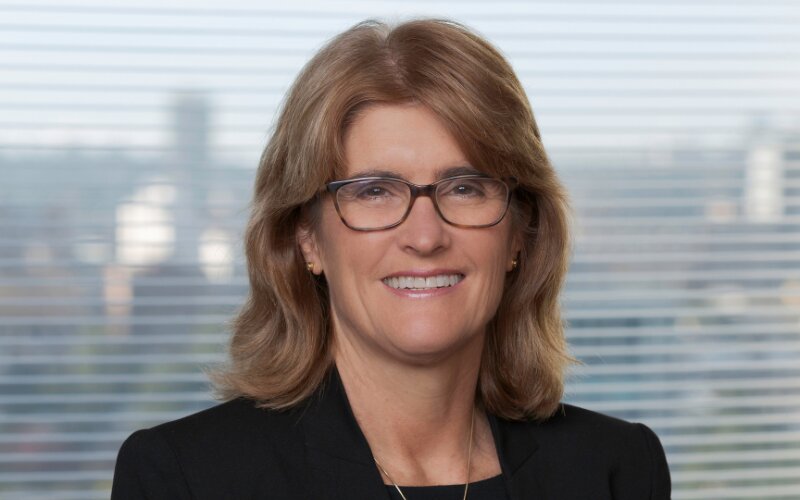This followed a rise of 0.3% in August and 0.6% in July, and was the biggest monthly jump to retail trade since January.
All non food related industries saw spending increase in September, with department stores (up 1.7%) and household goods retailers (up 1.5%) the biggest beneficiaries.
Ben Dorber, ABS head of retail statistics, said there were a few different factors that contributed to a stronger month of spending.
"The warmer than usual start to spring lifted turnover at department stores, household goods and clothing retailers, with more spending on hardware, gardening and clothing items," he said.
"Also adding a boost to turnover in household goods retailing was the release of a new iPhone model and the introduction of the Climate Smart Energy Savers Rebate program in Queensland."
NAB's online retail sales index also showed relatively strong spending in September, growing 2.9% through the month after a 1.1% contraction in August.
The outlook for interest rates
This was the final of three important releases ahead of the monetary policy decision on 7 November.
Home loan holders desperate to avoid further increases to their mortgage repayments would initially have been encouraged by September's unemployment figures, which didn't show strong gains in employed Aussies.
Next up though were quarterly CPI inflation numbers, which came in stronger than anticipated, with headline inflation rising 5.4% comparing quarter-three '22 with '23, and prices rising 1.2% over the quarter.
The day before, RBA Governor Michele Bullock told Australia she and the board "will not hesitate" to raise the cash rate further if there was a "material change" in the outlook for inflation.
When questioned afterwards, she declined to weigh in on whether the data amounted to such a change.
However, economists from CommBank, ANZ and Westpac all felt the inflation data was sufficient to change their forecasts, all now concurring another 25 basis point hike is the most likely outcome next week.
NAB's Tapas Strickland, who has been consistent in predicting a November hike, said it was difficult to see the CPI outcome not meeting the bar for a material revision.
"NAB continues to expect the RBA to hike in November and expect the RBA will retain a hiking bias when they do," he said.
Strong retail trade growth will do nothing to assuage the concern mortgage holders across Australia will be feeling.
Immediately after today's release, the Aussie dollar shot from $0.6343USD to $0.6350, with the renewed confidence in the AUD a typical sign the markets believe a rate hike is more likely.
Hints of 'underlying softening'?
While headline spending increased, Mr Dorber also pointed out the underlying growth in retail trade is still historically low.
"Retail turnover in trend terms is up only 1.5% compared to September 2022, the smallest trend growth over 12 months in the history of the series," he said.
It's worth bearing in mind this release doesn't take into account changing prices, so will need to be considered in conjunction with retail sales volumes, to be released next week.
Westpac's Card Tracker Index, tracking spending up to 27 October, also suggests retail spending in September might not be indicative of a broader trend.
The index softened 5 points over the four weeks to the 27th, with what senior economist Matthew Hassan called a "notable dip" over the last 7 days.
"Overall, the card data points to some transitory boosts dropping out of the picture with hints of underlying softening," Mr Hassan said.
"With an RBA rate rise now likely in early November, the lead in to the retail high season is starting to look a little shaky."
Picture by charlesdeluvio on Unsplash



 Denise Raward
Denise Raward

 Harry O'Sullivan
Harry O'Sullivan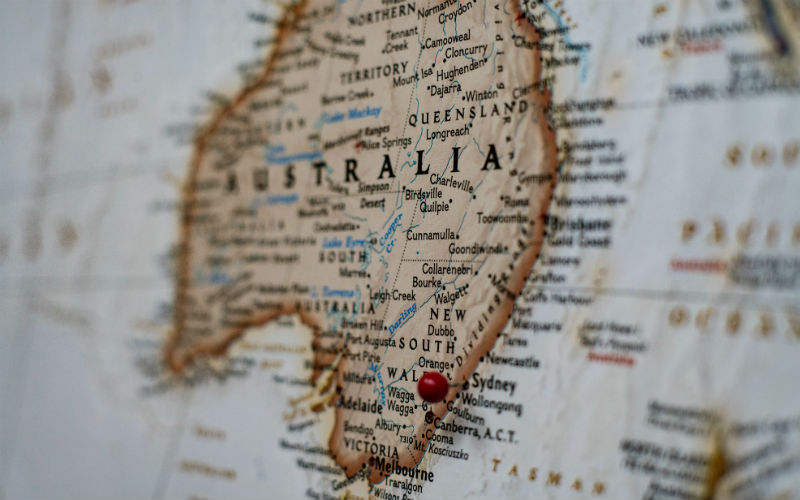
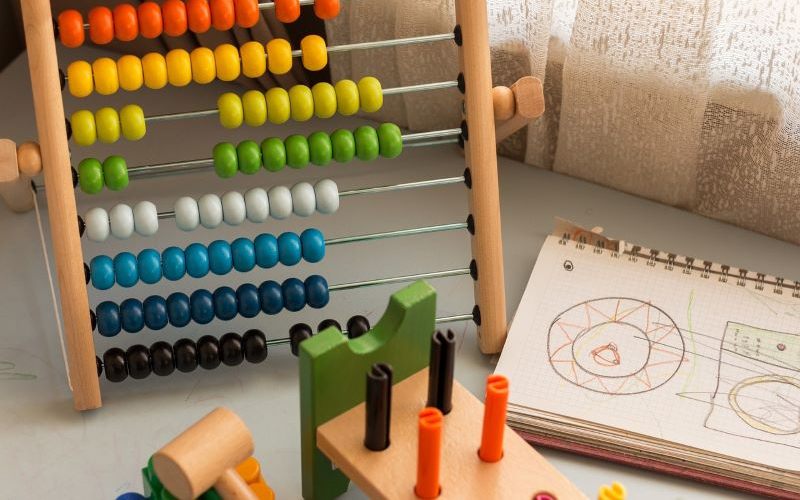
 Harrison Astbury
Harrison Astbury